Castles of Slovakia
Wednesday, 7th November 2012 by Kyle Kusch
Slovakia is truly a country of castles. In a country of less than 5.5 million people, there are over 250 documented medieval and Baroque castle sites! This month, Slovakia became the latest addition to the Google Street View roster, giving Google Maps users a chance to finally get an up-close look at some of the mountainous country’s fortified towers.
In the heart of Slovakia’s capital and largest city we find Bratislava Castle. The castle hill has been settled since 3500 BC, but the current rectangular edifice dates from the mid-17th century. Bratislava Castle has the dubious distinction of being accidentally burned down by its own occupants (inattentive Austrian and Italian soldiers) in 1811. Left to ruin until 1953, the castle was at one point slated for demolition before World War II broke out. Now restored, it is used for all sorts of government functions (during the 1990s, it was temporarily home to the presidential office) and is currently undergoing a €63 million reconstruction.
One of Slovakia’s smallest intact castles is the city castle of Banská Bystrica. Banská Bystrica was originally a mining town in the Middle Ages, and the castle was necessary to protect not just the town hall but the royal treasury full of copper and silver inside.
Another mining town castle is the castle at Kremnica. Fortified with a double wall, this castle had a vault specifically reserved for diamonds. Today, the castle is a Catholic church.
Hidden in trees above the Orava River in northern Slovakia is Orava Castle. While the scenery outside Orava is bucolic today, they appeared much more ominous to silent-era moviegoers, as this was one of two Slovak castles where many of the exterior shots for the legendary silent horror film Nosferatu were filmed in 1922, the other being Čachtice.
Beckov Castle is a ruined castle that stands atop a limestone crag in the centre of the village of Beckov. Built in 1228, the castle was deserted in 1729. Some renovations have been completed since its designation as a national cultural monument in 1970.
The monastic castle at Bzovik was the home of a group of Cistercian monks between 1135 and 1530. While it was pretty well destroyed during World War II, the fortifying wall still stands, complete with watchtowers.
The sprawling Spiš Castle is the largest Royal Gothic castle in Central Europe. Standing high atop a hill overlooking the town of Spišské Podhradie, the 41,426 m² (445,906 sq. ft.) complex dates back to the 12th century and was the birthplace of János Zápolya, the last pre-Habsburg king of Hungary, in 1487. The site was continually renovated and rebuilt until its final owners, the Csáky family, left it the early 18th century to live in more comfortable manor houses nearby that were easier to manage. In 1780, the castle was burned out and subsequently abandoned. The government took over ownership of the castle following World War II and embarked on a decade-long restoration project between 1969 and 1979. Today, Spiš serves as a museum and is one of Slovakia’s largest tourist attractions with over 170 000 visitors annually. The castle has also been used as a filming location for movies such as Dragonheart and The Last Legion.
Visitors to Spiš can also observe this giant horse geoglyph on the hillside directly below the castle. Created by Australian sculptor Andrew Rogers using local Spiš travertine, the design was based upon that of a horse depicted on a Celtic coin found in archaeological diggings at the castle.
Other notable Slovak castles visible on Street View include the castles at Trenčín, Strečno, and Bojnice.
These are just but a few of the many castles to be found in Slovakia. You can learn more about the country’s castles at Slovak Castles and at Slovak Heritage Live.
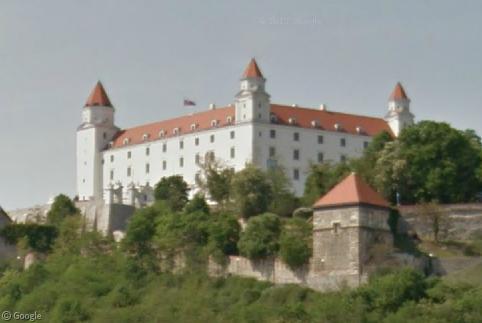
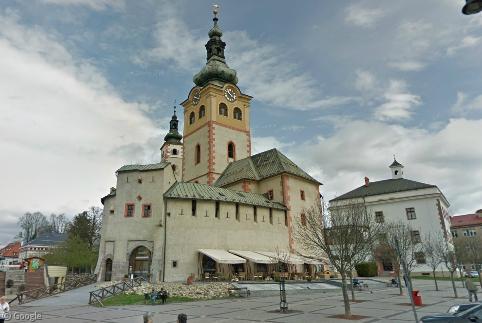
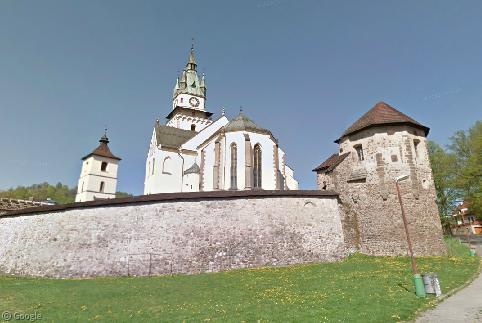
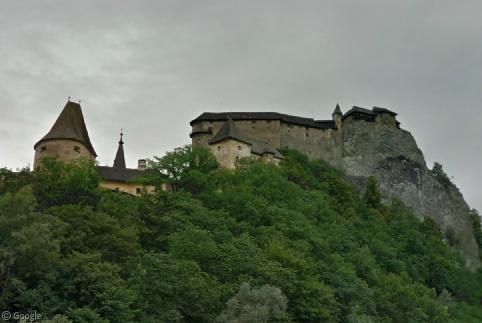
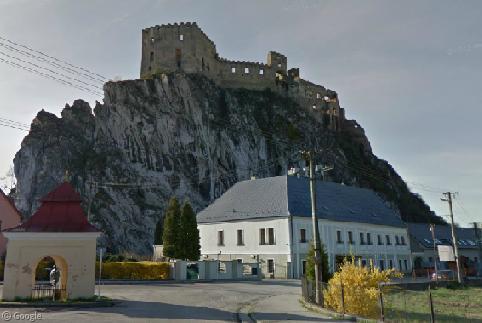
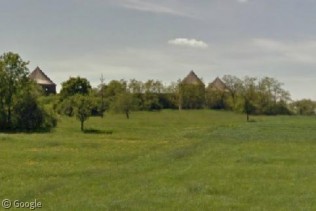
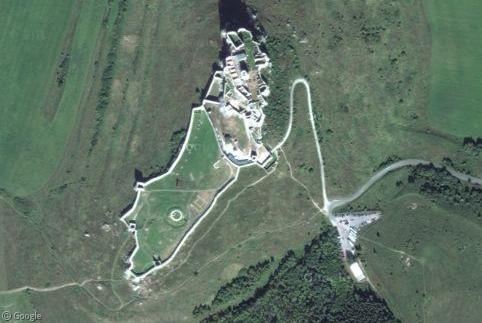
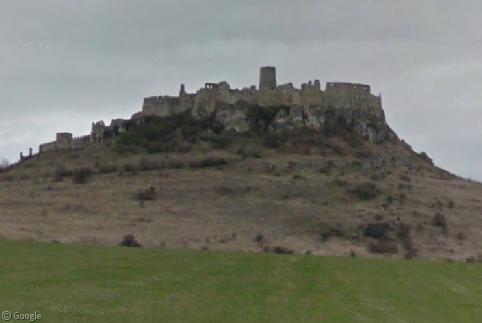
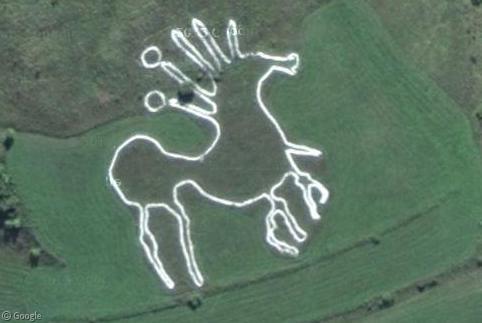
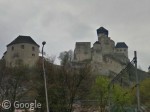
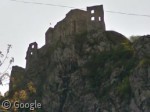
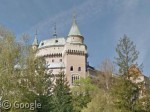
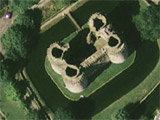
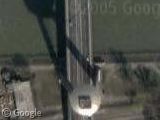
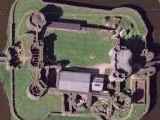
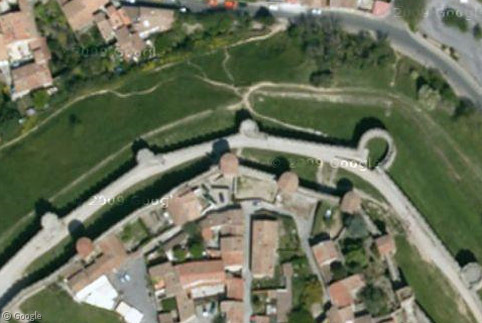
Smolenice castle: View Placemark,,0,-6.88 Cerveny Kamen castle: View Placemark,,0,10.11